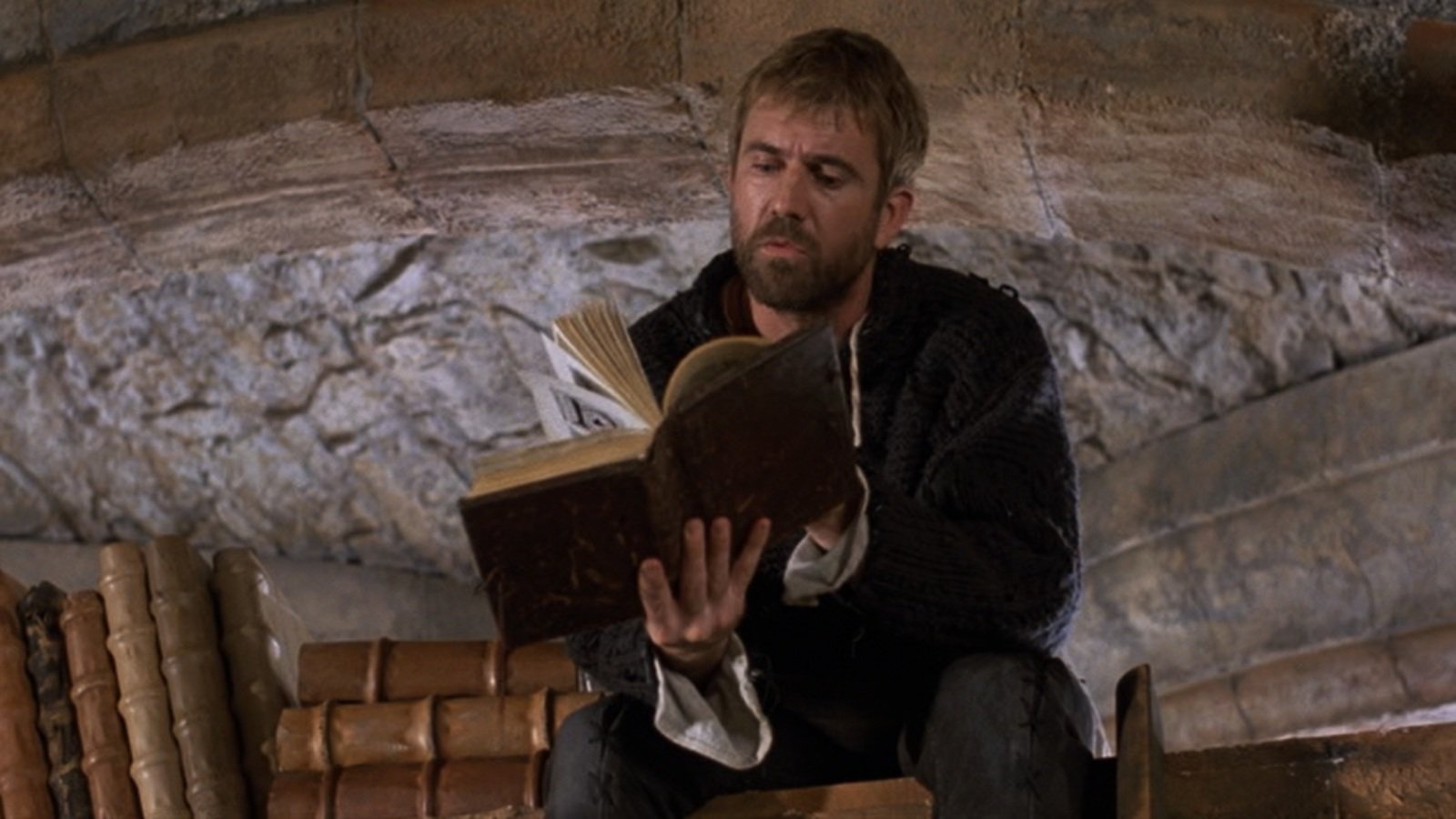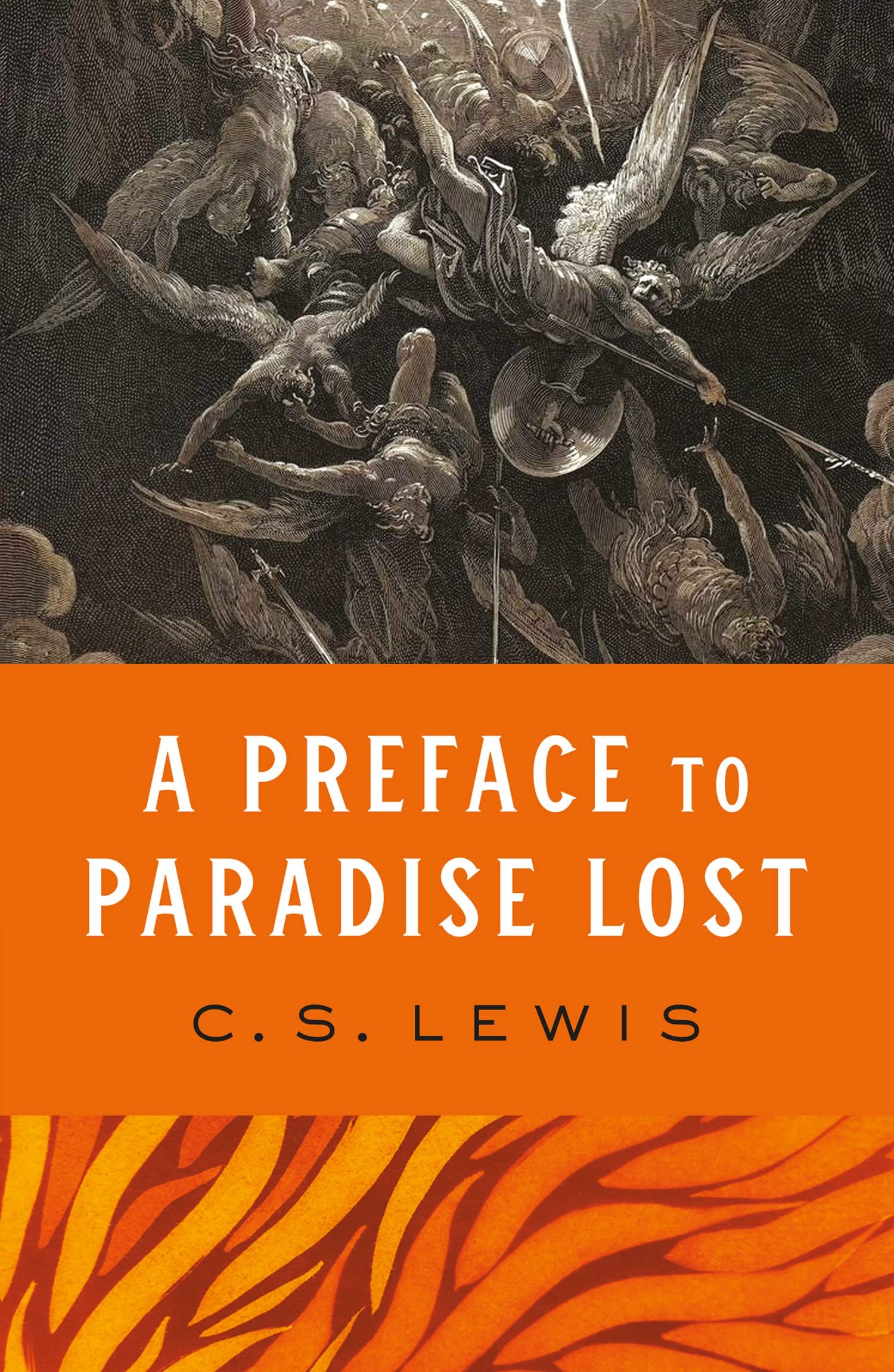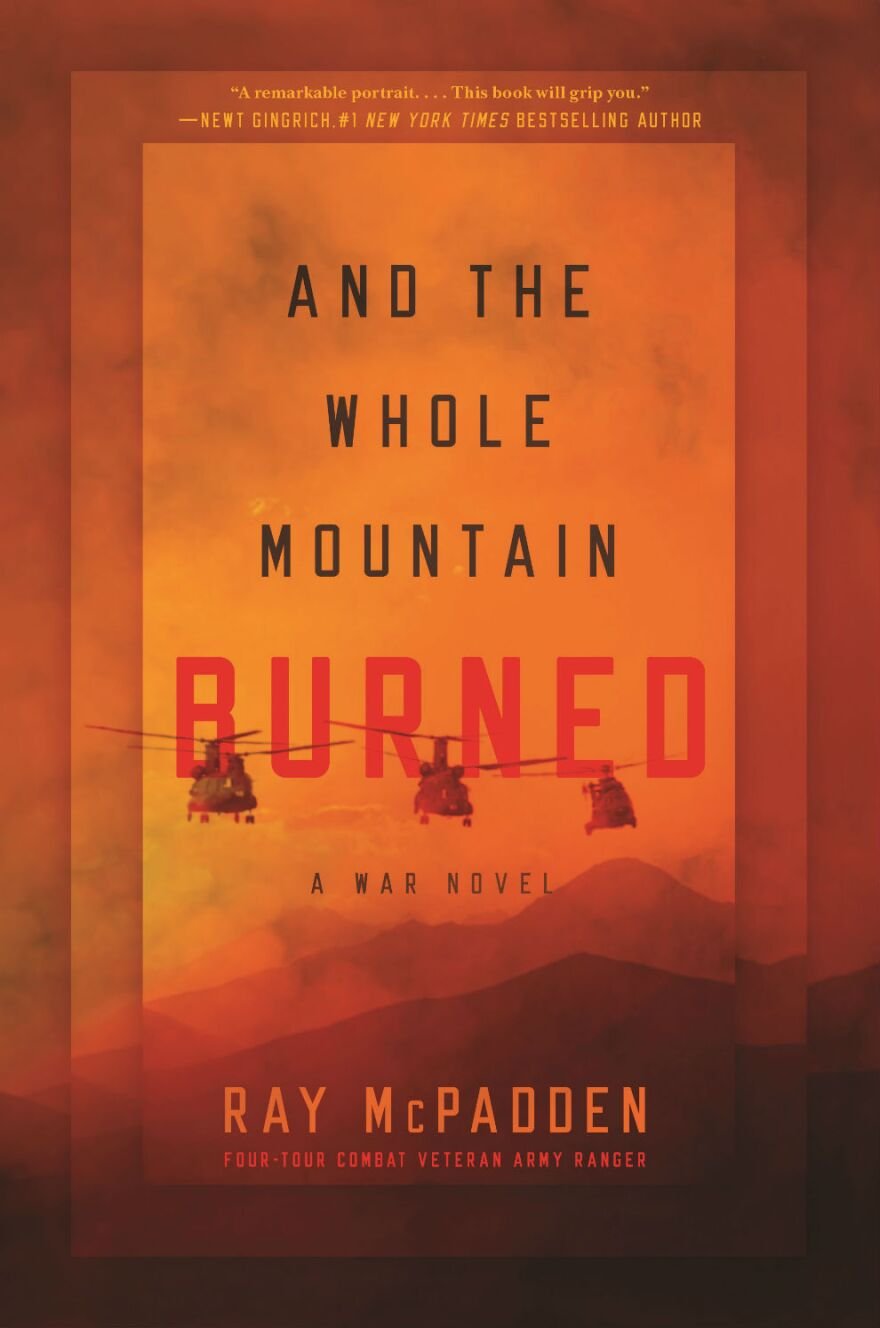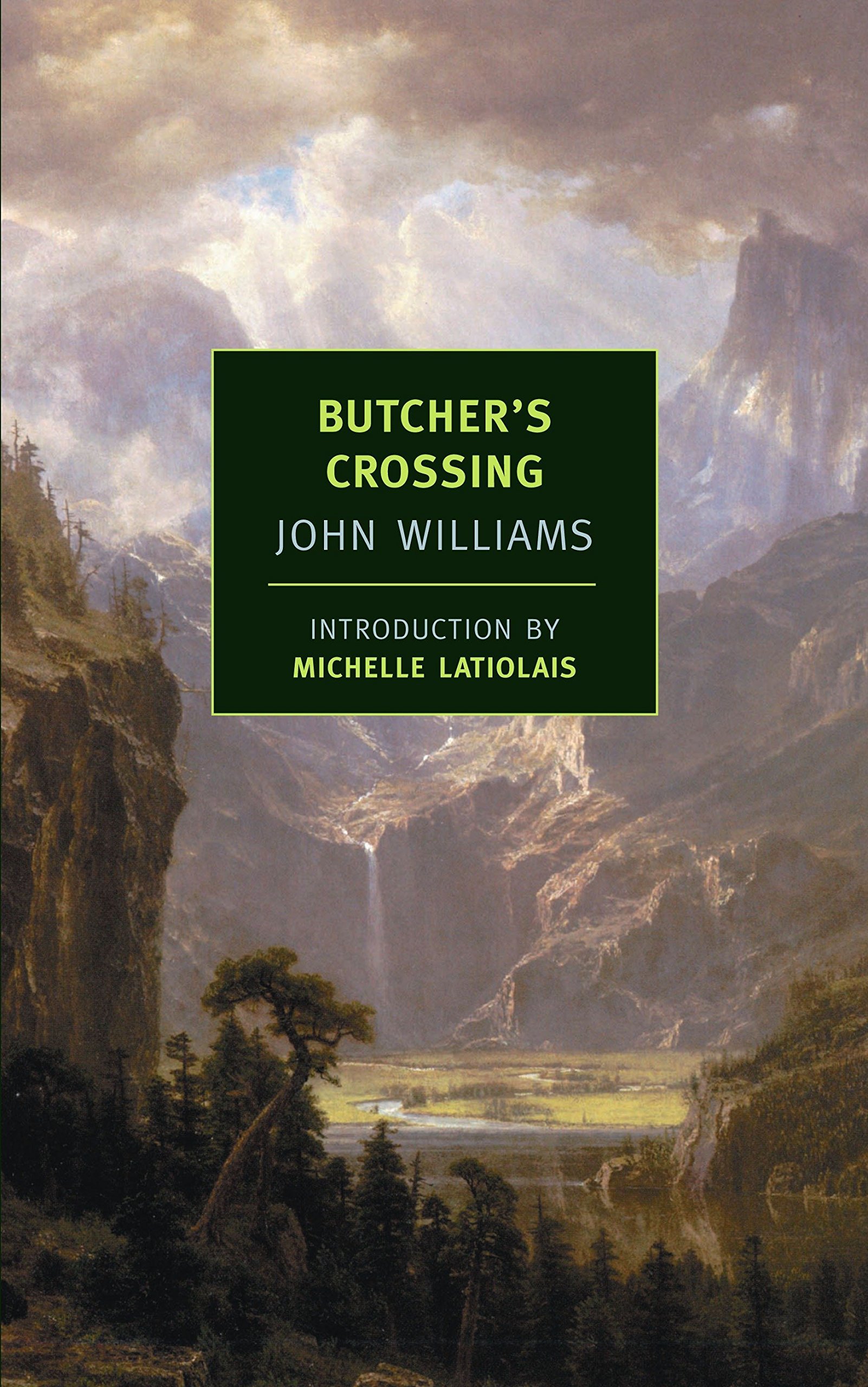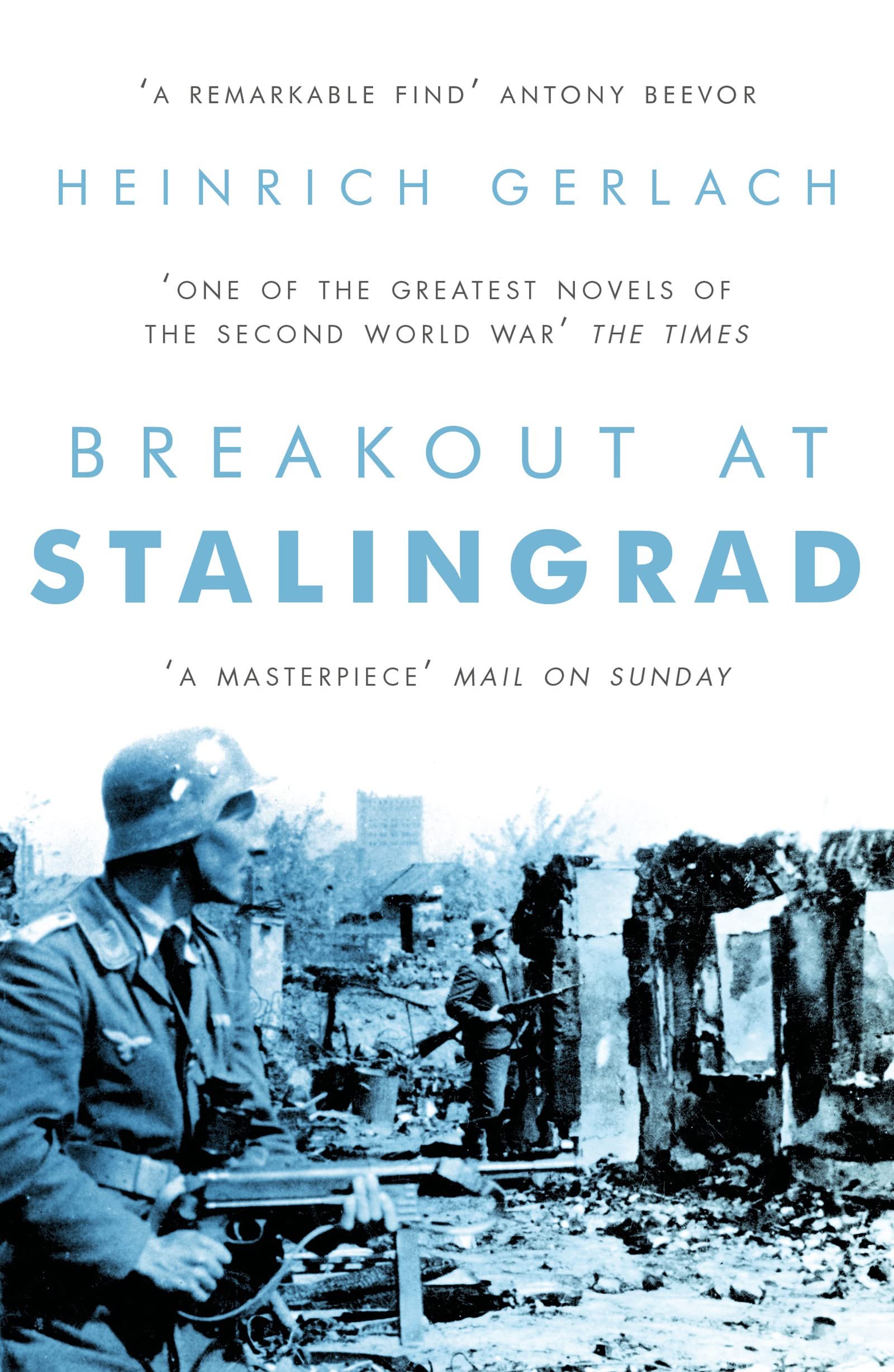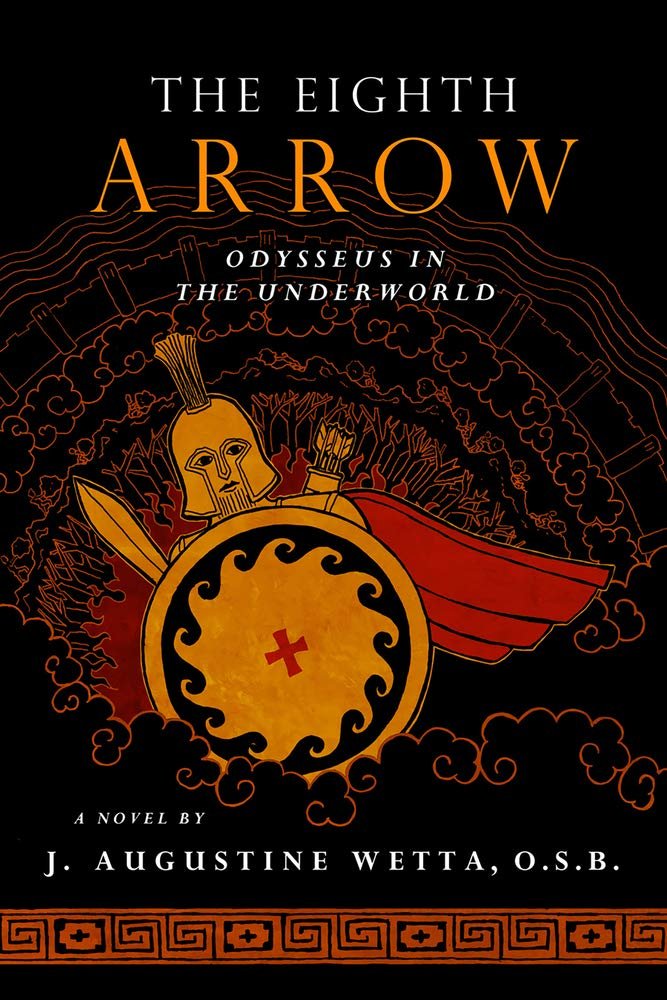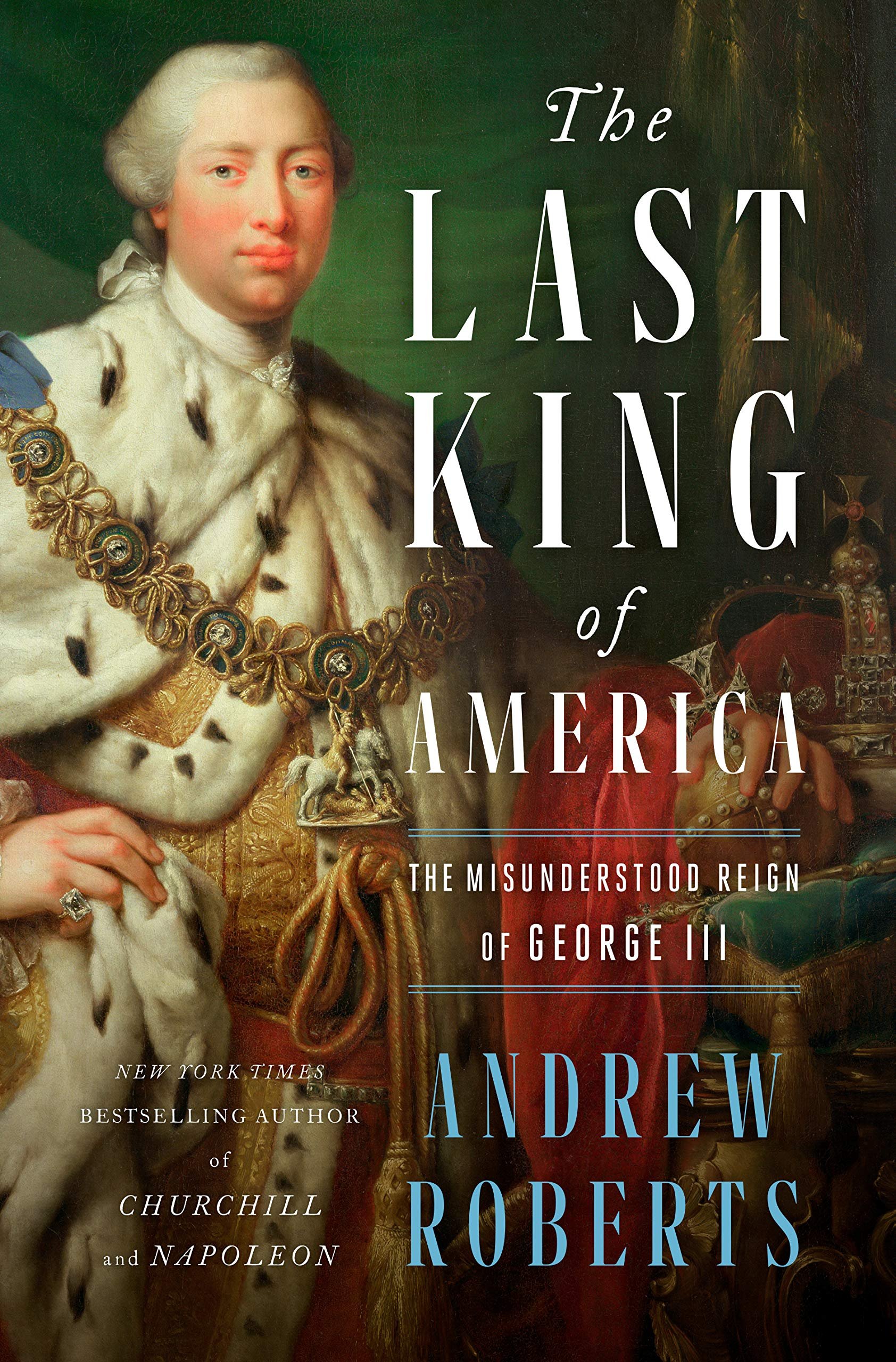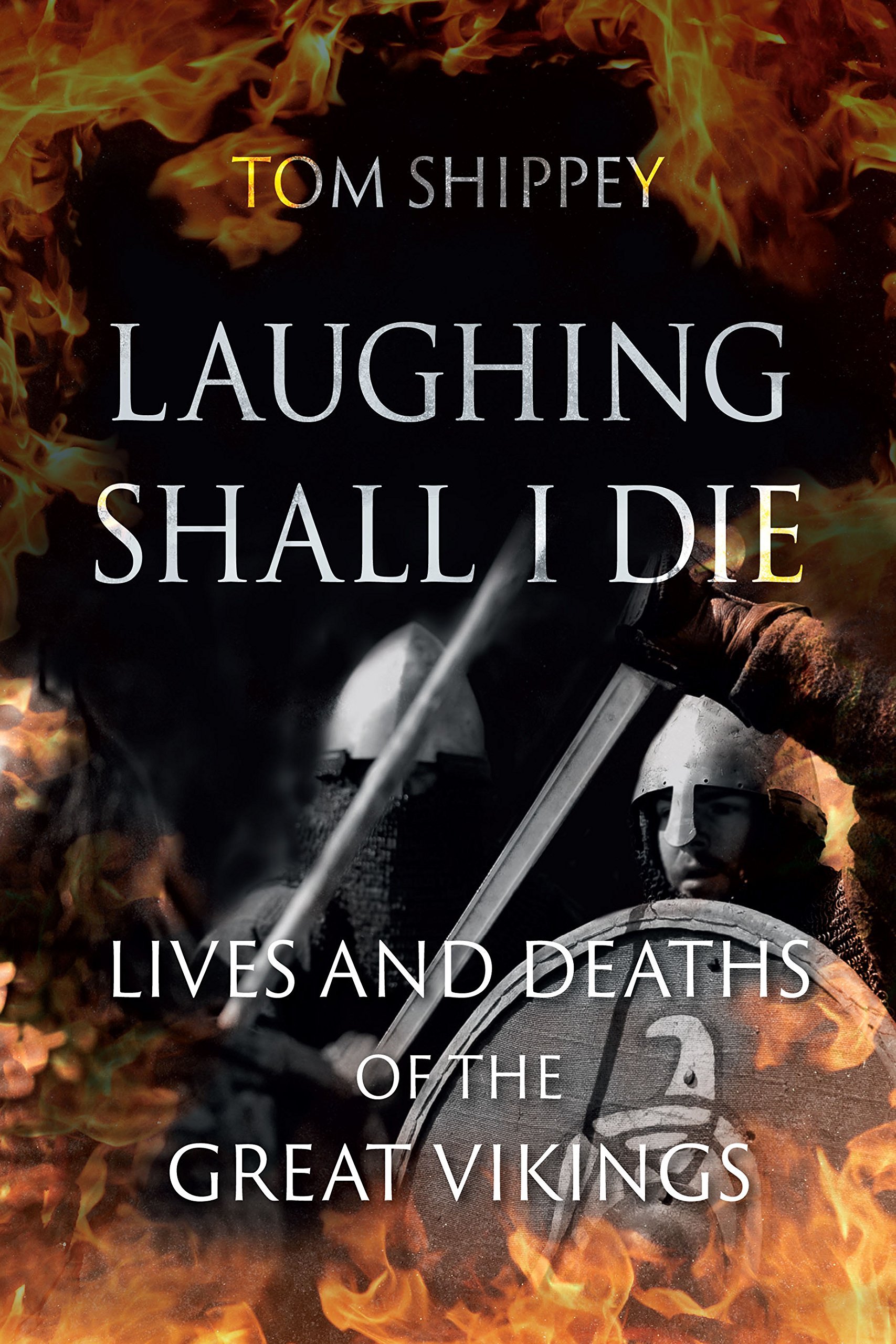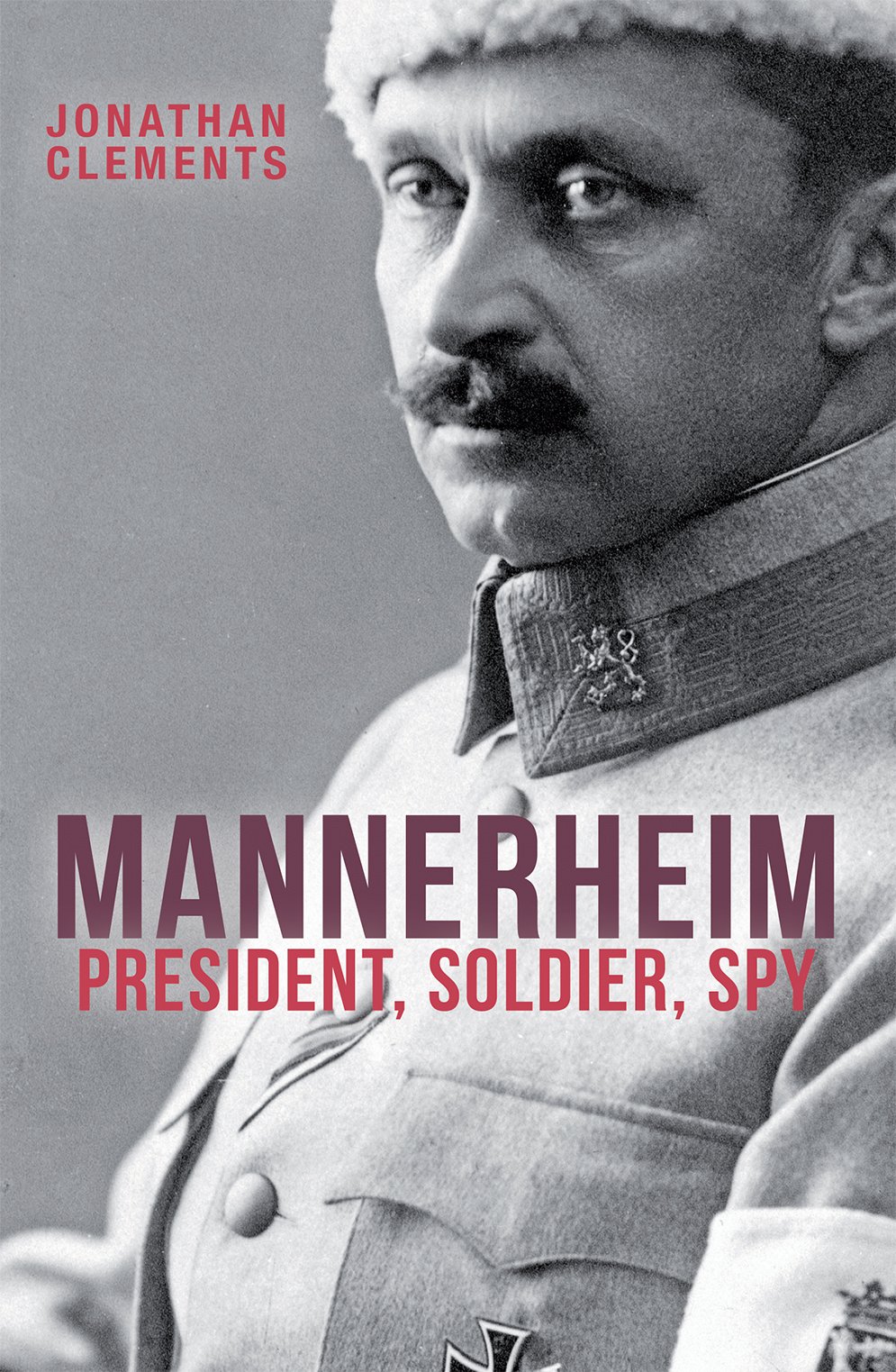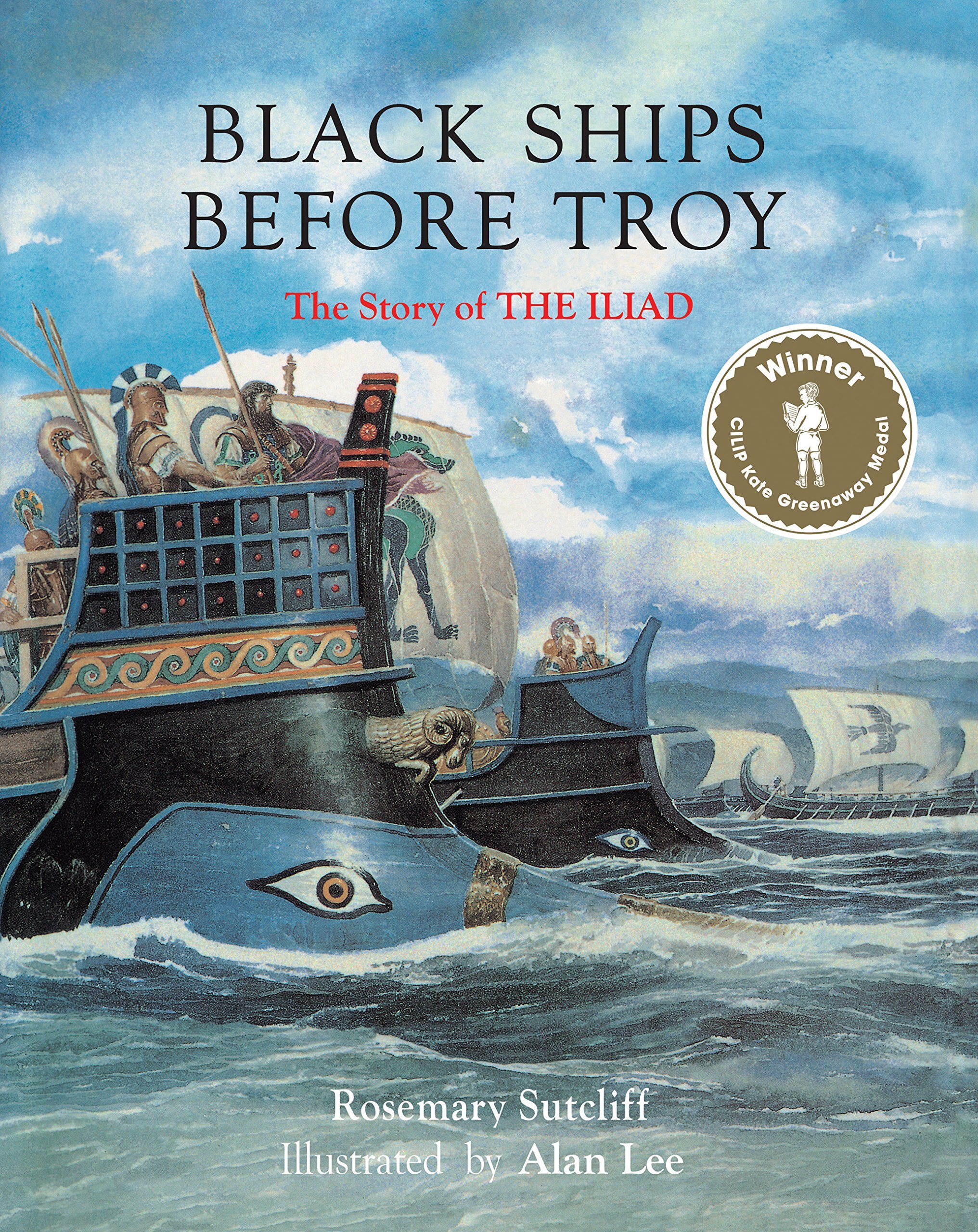Pilgrimage back to Bunyan
/“Someday you will be old enough to read fairy tales again.”
I’m finishing work on a “life story” project for a church group today, which has got me in an even more than usually reflective mood as I consider family history, personal debts, and the things that have made me who I am. Among these are the books that have most shaped me. Ages and ages ago, sometime early in grad school, I wrote a multi-part series of blog posts on precisely this topic. One of the most important early books I mentioned was Dangerous Journey, a lavishly illustrated adaptation of John Bunyan’s Pilgrim’s Progress.
This came to mind because just a few days ago Alan Jacobs wrote about teaching The Pilgrim’s Progress and the “great joy” it gives him—not only teaching it, but the mere fact that “so utterly bonkers a book was so omnipresent in English-language culture . . . for so long.” He goes on, in a strikingly incisive paragraph, to note how
One of the “tough” things about [The Pilgrim’s Progress] is the way [it] veer[s] from hard-coded allegory to plain realism, sometimes within a given sentence. One minute Moses is the canonical author of the Pentateuch, the next he’s a guy who keeps knocking Hopeful down. But the book is always psychologically realistic, to an extreme degree. No one knew anxiety and terror better than Bunyan did, and when Christian is passing through the Valley of the Shadow of Death and hears voices whispering blasphemies in his ears, the true horror of the moment is that he thinks he himself is uttering the blasphemies. (The calls are coming from inside the house.)
This captures both the strangeness and the power of Bunyan’s book, as I’ve lately been rediscovering.
I grew up with Pilgrim’s Progress as a load-bearing component of my imagination. My parents had Dangerous Journey at home and I pored over the incredible, grotesque, beautiful, frightening illustrations (by Alan Parry in a style reminiscent of Arthur Rackham) over and over again. My friends and I read a children’s version—with an excellent map—in school. Another time we acted out Christian and Faithful’s trial at Vanity Fair for a school music program. (I played Lord Hategood, the judge.) Occasionally during our church’s summer Bible school the nightly story would be a version of Pilgrim’s Progress in five short installments. I taught this version of it myself once shortly after graduating from college. There was even a two-part “Adventures in Odyssey” adaptation I listened to many times on cassette tape.
I knew Pilgrim’s Progress thoroughly without ever having read it cover to cover.* But you know what they say about familiarity.
Then, late in high school, I discovered Dante. I was on my first medieval literature kick and wanted all the epic poetry I could get ahold of. Dante’s Comedy struck me as both 1) a proper classic, the kind of thing a kid like me should be reading and 2) lurid enough to be interesting and entertaining. I didn’t know what I was getting myself into—it blew my mind. I ended up reading Dante over and over again for several years straight, right through college, and Dante has been a profound influence on me ever since.
But discovering Dante also led me into an easy contempt for Bunyan. Dante, I thought, had fashioned a real allegory. Bunyan—in addition to his other faults, like his Calvinism**—seemed cloddish and simplistic by comparison. What were the ad hoc, making-it-up-as-I-go plot points and symbols of Pilgrim’s Progress worth when I had the masterful intricacies of the Comedy as an alternative?
It’s a typical fault of immaturity to set in opposition things that should really complement each other, but there I was, pooh-poohing Pilgrim’s Progress. I’m bothered even to remember this attitude. And yet, Pilgrim’s Progress stayed with me. And now I’m rediscovering it, having grown old enough to read it again.
Two things have helped rekindle my interest and reopen me to the story, which I freely acknowledged was fundamental to my imagination even when I was most disdainful of it. The first is John Buchan. Anyone who’s followed my John Buchan June readings will know that Pilgrim’s Progress was his favorite book, and that it informed and influenced everything in his fiction from his novels’ stern moralism, hardy sense of adventure, the fact that many of their plots are journeys, and even character names and motivations. Buchan’s love of Bunyan started to bring me back around, the same way a good friend might convince you to give one of their friends another chance despite having made an awkward introduction.
But more important has been revisiting Pilgrim’s Progress itself. A few years ago I broke out my parents’ copy of Dangerous Journey to look at with my own kids and, like me thirty-odd years before them, they found the pictures mesmerizing, horrifying, and impossibly intriguing. They wanted to know more, to find out what’s going on in the story behind these images. The pictures cry out for the story to be told.
And then, right now a year ago, I read Little Pilgrim’s Progress to them a few chapters at a time before bed. Little Pilgrim’s Progress is a children’s adaptation of Bunyan by Helen Taylor, first published in 1947, that abridges, simplifies, and somewhat softens some of the original. The edition I read was a new, large-format hardback illustrated by Joe Sutphin. In Sutphin’s pictures, the characters are all adorable anthropomorphic animals: Evangelist is an owl, Christian is a rabbit, Great Heart is a badger, Giant Despair is a genuinely terrifying hare, Apollyon—rendered “Self” by Taylor—is a wolf, and others are otters, squirrels, toads, dogs, and more. I was worried it would all be a little too cutesy, but I wanted to introduce this story to my kids and I was glad to find the pictures and the adaptation perfectly suited for their ages. It’s brilliantly done.
What I was not prepared for was the way Bunyan’s story, even filtered through an abridgement and fuzzy animals, would wreck me. I had to stop reading Little Pilgrim’s Progress several times—most especially as the characters approached the River of Death and their final, long-awaited but fearful entry into the Celestial City—because I couldn’t hold back my tears. The raw emotional and, as Jacobs notes, psychological power of Pilgrim’s Progress ambushed me. The fear, guilt, anxiety, doubt, grief, and—above all—hope were so real, so true to life in our fallen and wounded state, that the story cut deep. All the more so because I was so familiar with Pilgrim’s Progress that I was, ironically, unprepared to meet it again. I’m glad I did.
I’ve had a long history with Pilgrim’s Progress, a history I should cap by finally reading the whole thing. I think that will be a good post-Buchan summer project. Until then, check out Dangerous Journey and Taylor and Sutphin’s Little Pligrim’s Progress, especially if you have kids and you want something that will really shape their faith and imaginations.
* A lesson in just how literate people who don’t read a book can still be when they have a culture to support their knowledge and understanding of it, something I often think about with regard to medieval people.
** Thank you, I will not be taking questions at this time.



